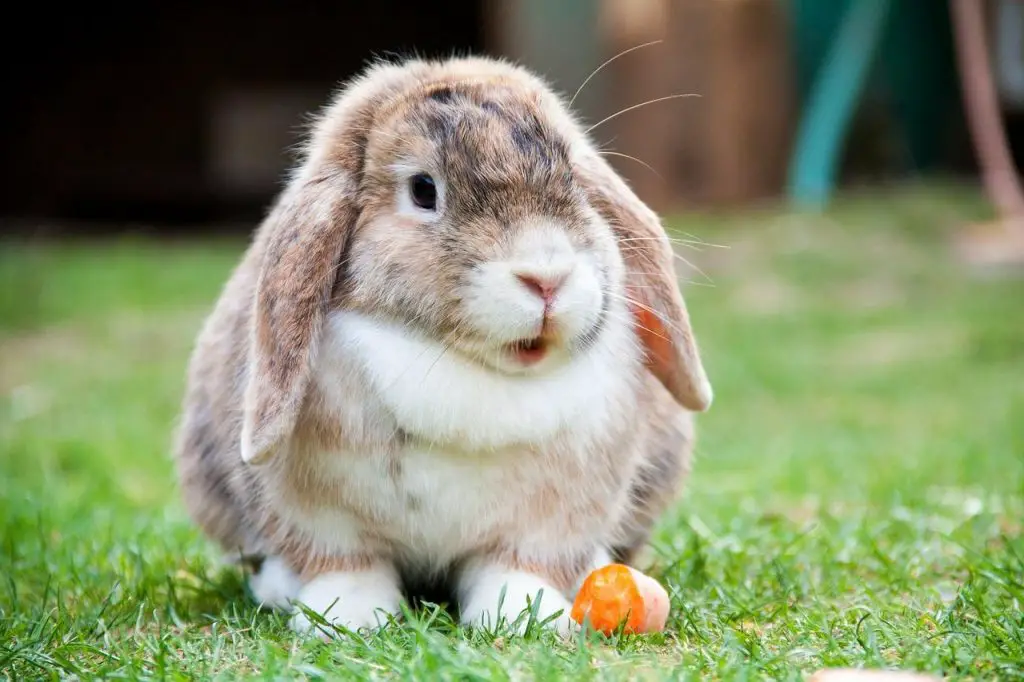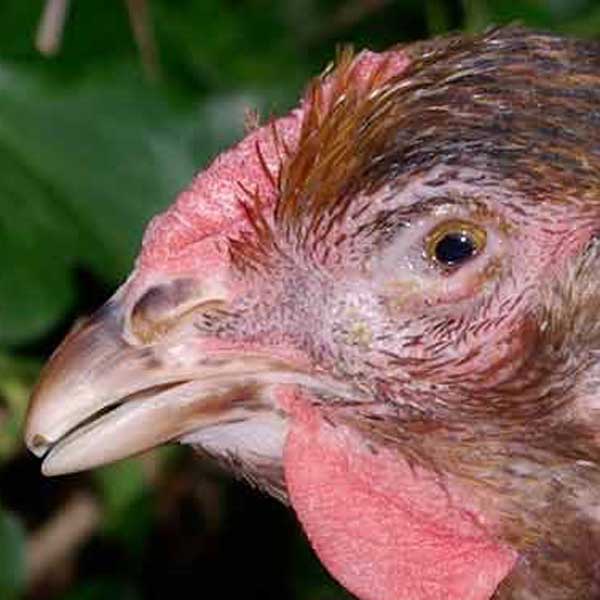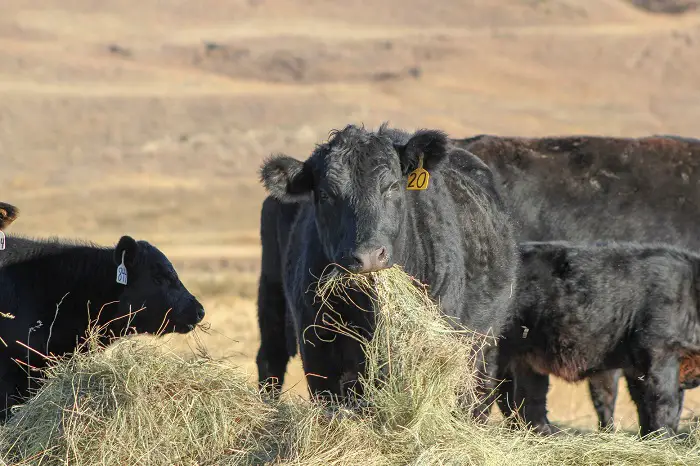Mastitis is an inflation of the mammary glands. It is typically due to stuck milk in the breast or bacterial infection. It is important to get it treated promptly after diagnosis as it can lead to more sever conditions. It affects rabbits of any age and any breed. It causes swelling up of the tissue accompanied by pain and redness. The affected area may also have a significantly higher temperature. There are two types of mastitis which are lactating and non-lactating mastitis. Lactating mastitis only affects female rabbits. It usually affects the rabbit after littering but it can also start during pregnancy. There are some cases of it happening even during a false pregnancy (this is when a rabbit behaves as though it’s pregnant even though it’s actually not). Non lactating Mastitis is non discriminating, attacking both males and females. Studies have shown that females rabbits are much more likely to get mastitis than males.
Contents
Causes Of Mastitis
Milk being stuck in the breast of the rabbit (Cystic mastitis) is one of the main causes of mastitis, the other being bacterial infections (Sceptic mastitis). When milk is stuck in the breast it clogs up the ducts, causing the surrounding area to inflame in an attempt to push the milk out. This causes other symptoms such as swelling of the tissue and pain to the rabbit. Bacterial infections achieve the same effect by entering through the cracks in the skin or the milk duct, multiplying in the milk and causing an infection that then clogs the duct and produces the above-mentioned symptoms. From this we can tell that mastitis starts with the clogging of the milk duct. Thus, treatment usually starts with the unclogging of the milk duct of the rabbit.
Symptoms Of Mastitis
To be able to treat a disease in rabbits, it is important to first diagnose it properly. Mistakes when diagnosing an illness will make people treat the wrong illness which may have serious consequences to the rabbit. It is therefore advisable to have the rabbit diagnosed by a professional (a vet) if possible, since illnesses may have similar symptoms. Mastitis causes depression; hence the doe may show a significant loss in appetite. Sceptic and cystic mastitis have different symptoms in rabbits. Both types of mastitis cause the rabbit to lose weight, hence it may be difficult to tell after birth as it is normal for the female rabbit to lose weight. Mastitis also causes dehydration to the rabbit hence it may also drink a lot of water. Sceptic mastitis causes the mammary glands to be inflamed. Decolourisation of nipples and breasts is also common in female rabbits. In the event of the nipples becoming purple or bluish, the disease may have significantly progressed and it is advisable to immediately seek medical assistance. Cystic mastitis causes fevers. The symptoms that differentiate it from sceptic mastitis are that it produces lumps in the breast tissue and also causes the presence of blood in the urine of the rabbit.
Treating Mastitis by Antibiotics
Sceptic Mastitis in rabbits (Mastitis caused by bacteria) can be cured using antibiotics. Beta lactamase resistant penicillins is recommended in the treatment of mastitis in rabbits. The Beta lactamase resistant penicillins include cloxacillin, dicloxacillin and flucloxacillin. The mastitis should show signs of declining in 5 days, bringing relief to the rabbit. The mastitis may be gone in 10 days but it may also last up to 3 weeks after treatment. If it continues after this period seek professional medical assistance. Consulting a vet before admission of medicine to the rabbit is important, as some antibiotics if given incorrectly can have negative effects to the rabbit. These antibiotics can kill intestinal flora. This a beneficial bacterium because its competition with other harmful bacteria keeps them in check and in its absence, the harmful bacteria may kill the rabbit.
Treatment By Surgery
Cystic mastitis if allowed to develop in the rabbit may end up being untreatable by non-invasive means. When left with no other option a surgical procedure maybe necessary for the treatment. Rabbits being small animals have very small organs, this makes it extremely difficult for the cysts to be drained without disturbing other organs. This is the how the surgery is usually done in bigger animals. Veterinary doctors therefore are left with no choice and have to remove the whole mammary gland of the rabbit. They may also have to remove the uterus if the cysts have spread. This treatment renders the rabbit sterile. This treatment is usually used when the rabbit is a pet and the owner can’t stand losing it. In a rabbit farm however it may be very impractical as the price for the surgery far surpasses that of the rabbit. The farm is better of slaughtering the rabbit and selling the meat rather than embarking in a lose inducing venture.
Prevention Of Mastitis
It is well known that prevention is better than the cure for the illness. Prevention of mastitis in rabbits lies mainly in maintaining a clean environment. A clean environment will limit the growth and spread of bacteria. This greatly reduces chances of mastitis or any other infection affecting the rabbit and hence avoiding treatments. In the event of one doe catching the infection it is best to quarantine it and clean the environment to stop any further spreading. Regularly spraying the rabbits will also reduce the chances of illness. In rabbit pets, to prevent any infections, it is best not to create an environment where the disease can breed.
Feeding The Babies of Mother Affected with Mastitis
While the doe is undergoing treatment for mastitis the kits are in danger of malnutrition or even death. When a rabbit is suffering from mastitis it has pain in the nipples and may not allow her kits to feed due to the pain. In some cases, the doe may persevere and feed its little ones regardless of the pain, this too may cause problems as the milk may contain bacteria. The bacteria may have lasting effects on the kits which have not yet fully developed their immune system. To feed the kits one needs to prepare a milk formula specifically for the little rabbits. These are available in veterinary clinics. After preparing the formula, it has to be sucked into a syringe. When feeding the little rabbits don’t turn them over that they lay on their backs, instead it is best to allow them to lie flat with their heads looking up slightly in an attempt to mimic how they feed from the mother. One would then feed them using the syringe, making sure to push gently. It is full when the belly is round, this usually takes about 3mm in their first week.
Conclusion
Mastitis is a very serious infection affecting rabbits, though it may rarely result in death of the doe it does however kill quite a few kits. Prevention of this infection and early diagnosis is of paramount importance in its treatment. If not carefully managed it may cause immerse loses in a rabbit farm.




